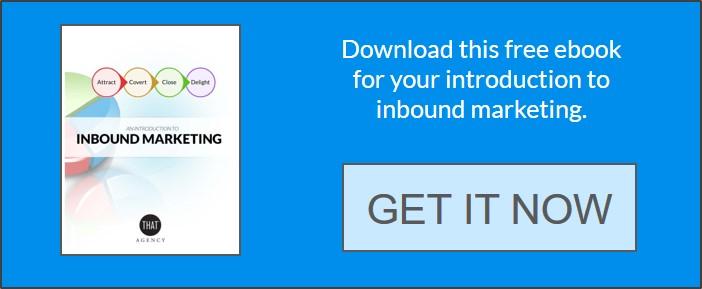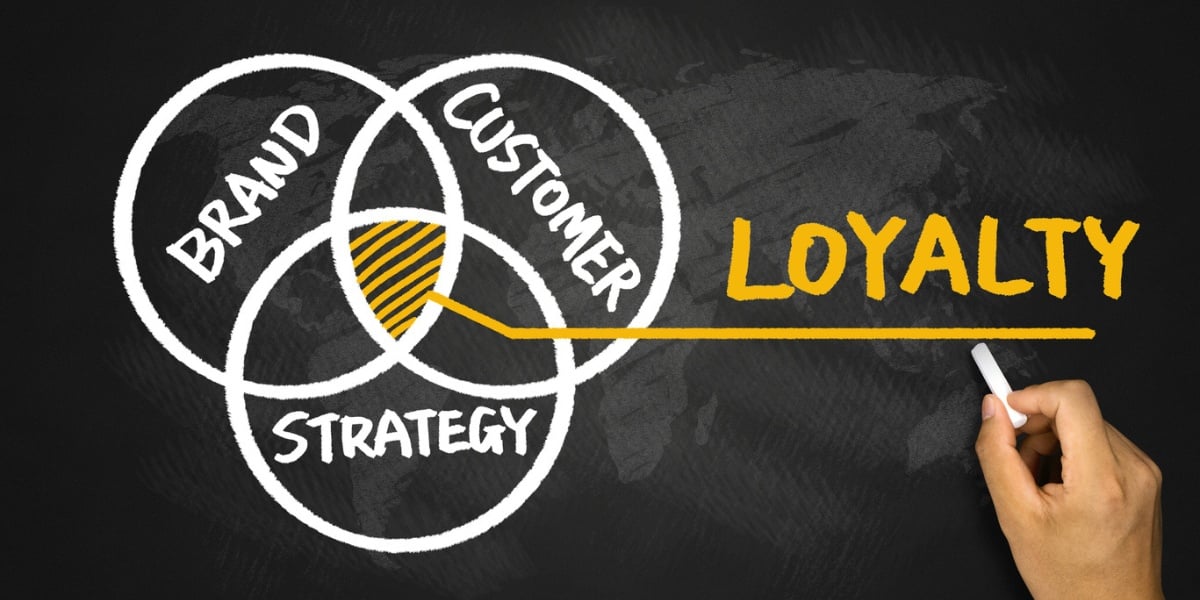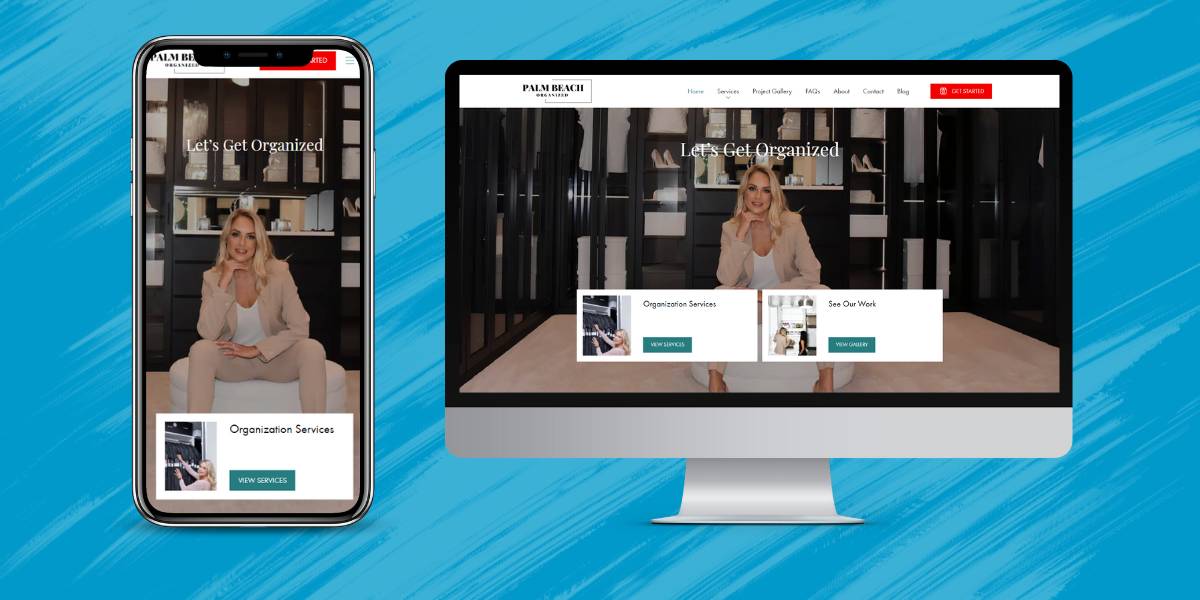 The buyer’s journey has transformed in recent years, thanks in large part to the internet and easy access to endless information. Consumers aren’t traveling the same path, nor at the same speed, towards conversion as they have in the past. The question is has your sales team adapted? If not, it’s time to get a map of this new journey.
The buyer’s journey has transformed in recent years, thanks in large part to the internet and easy access to endless information. Consumers aren’t traveling the same path, nor at the same speed, towards conversion as they have in the past. The question is has your sales team adapted? If not, it’s time to get a map of this new journey.
AIDA
Over a century ago, Frank Hutchinson Dukesmith described the buyer’s journey in Salesmanship Magazine. It encompasses four steps: Attention, Interest, Desire, Action (or AIDA). The process was driven by salespeople, and in many ways, consumers were simply herded like cattle from point to point.
Times have changed. Today, the journey encompasses the following steps:
Awareness: The buyer acknowledges that they have an unmet need or an unsolved problem.
Consideration: The buyer clarifies the problem and then seeks out a solution. This is done through research, typically online.
Decision: The buyer decides which provider or brand can deliver a solution.
Immediately noticeable is the focus of the buyer’s journey: it is on the buyer, not the salesperson.
It is a consumer-driven process. Brands must develop experiences that acknowledge the evolution of the buyer’s journey and that provide the touchpoints that consumers need to make their decision along the way. To increase conversion rates, your brand needs to acknowledge that the buyer is in the driver’s seat. Your job is to help them navigate to the right solution - your products or services.
How?
Create an inclusive marketing environment that delivers solutions for buyer’s needs.
It is clear that, in today’s buying process, consumers want information - not a sales pitch or hard sell. In many cases, prospects and buyers are new to the product or service offerings that you bring to the table; they’ve never hired an IT contractor, for example, or signed up with an agency. Understandably, they’re anxious, and information is the balm.
Create an environment - both online and off - that provides them with the information they need to make a sound decision. Not just hard data but support and advice. This alleviates the discomfort and replaces it with familiarity and affinity for your brand. They know what you have to offer; in the research phase of their journey, you are the brand that offers guidance, and this is invaluable.
Grab buyers with emotion - keep them with logic.
One truth that has not changed in the marketing industry is that people buy with emotion and then justify their purchases with logic - not the other way around, despite the increased levels of research consumers conduct. Ultimately, they purchase because they are emotionally compelled to; information tells them they’ve made the right decision. When creating inbound marketing campaigns, make sure that you make an emotional connection with people.
For example, when a visitor enters your website, you have about 10 seconds (or less) to capture their attention and make that connection. You can do this with visually attractive content, relatable images, easy to read font, intuitive navigation, interesting stories, compelling videos, and other website/content back-to-basics.
Safety First
When you combine education and emotion, you not only establish that critical connection, you make consumers feel safe. When they feel safe, they are more likely to complete their journey through the sales funnel with you.
When they come to you at the top of the funnel, they’re feeling their pain points acutely. They may feel confused, anxious, frustrated. When you’re the solution to these negative feelings, it’s a logical extension that you’ll be the solution to their problem or need.
What’s Your Conversion Rate?
Before implementing any changes in your inbound marketing strategy, ask this fundamental question: what is our conversion rate? Likely it could use a boost, and likely you’re leaving leads on the table instead of capitalizing on their potential. The above steps can help you combat this - and it can be daunting. Automation tools can help, as can an agency that specializes in inbound marketing infrastructures. You will be able to create and deliver the experience your buyers want and access the analytics you need to improve continually.
Now, the truth is that conversion rates are low. Out of 5000 visitors, a great brand may see about 50 leads. Of those, maybe 5 turn into sales and another 5 or so into referrals. You are not going to see the ROI you need to justify the spend with traditional methods. If you, however, focusing on delivering a great experience with inbound marketing, you can grow those numbers without a corresponding increase in budget.
In today’s selling environment, the brand with the best inbound marketing experience wins. It’s that simple. Customer-driven and data-focused, it is important to provide information that alleviates discomfort and increases connection. When you can do that effectively, you have the opportunity to convert more leads into customers and improve your bottom line.





